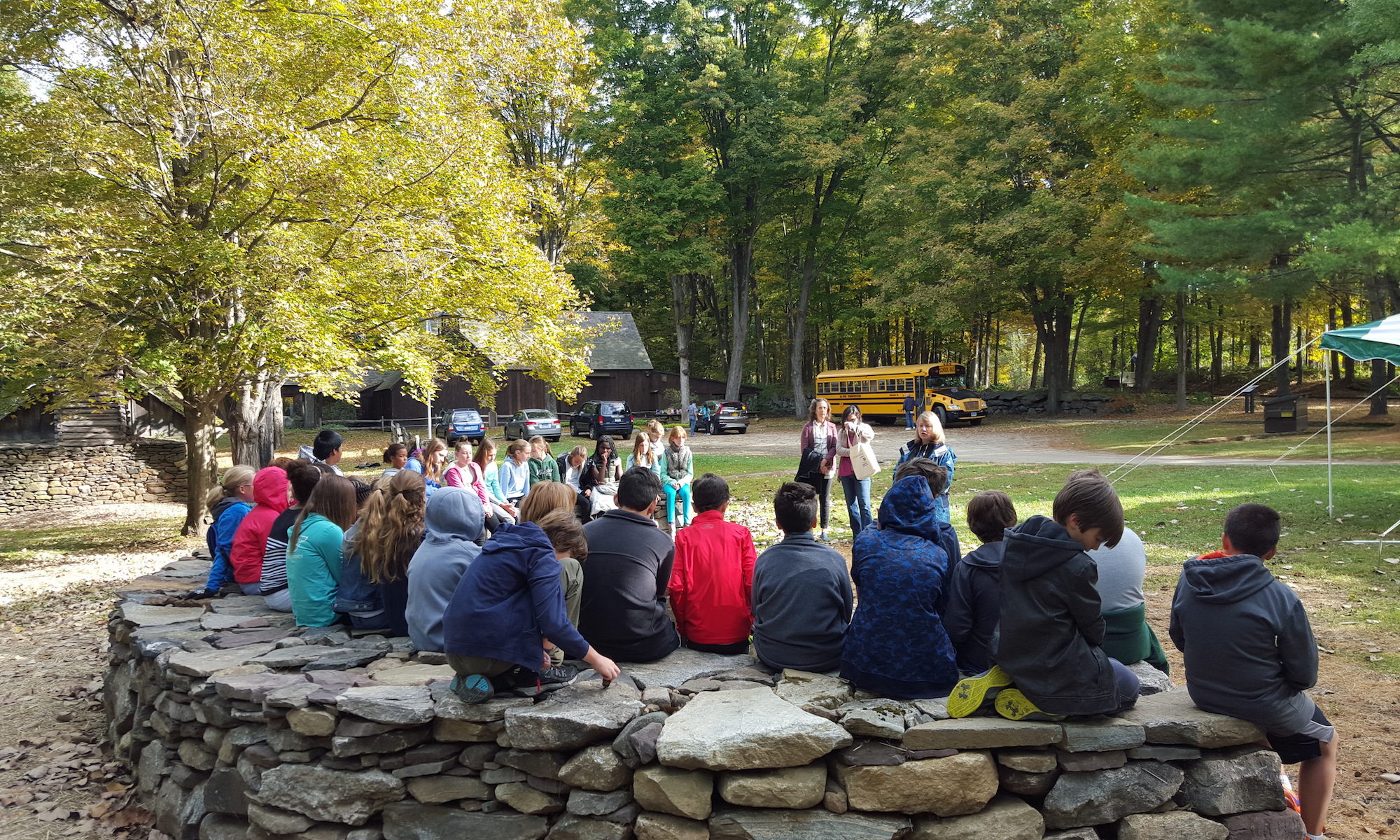We’re not only searching for visual connections to Eric Sloane’s life work – sometimes one comes across other sources the corroborate or enhance Eric’s work in some way. If you find references to topics Eric covered in print and in oils in other outlets, please post them here. Below is an interesting reference to bells – specifically to sleigh bells and their distinctive sound:
I recall reading one of Eric Sloane’s books on early American life a passage concerning bells that were placed on harnesses, especially in winter time. The bells were used as a signal to let others know that a horse drawn vehicle was approaching. Presumably, this was done to avoid accidents. Early American lore also posits that one of the roots of the adage “I’ll be there with bells on” grew from the idea that if a driver had difficulty on a journey and required help from a fellow traveler, that driver was expected to present his harness bell strap as a “thank you” to the one who offered assistance. If, then, someone declares “I’ll be there with bells on”, he or she means to suggest that they will reach their destination quickly because the journey will be without incident.
Eric Sloane tells of sleigh bells placed on sleighs for the purpose of signaling the approach of winter travelers. I can speak from experience that driving a sleigh without bells is dangerous. Sloane (as well as my experiences) tells me that sleighs traveling across snow make little noise – noise that is further suppressed by the winer landscape, not to mention the hats and scarves worn by others out in the winter weather. Winter nights could be an especially dangerous time.
Eric Sloane also wrote the neighbors could tell one another from the sound of their sleigh bells. Bells could be purchased by the piece and in various quantities and sizes. Farmers could piece together a custom array of bells that would make a distinctive sound – a personalized horn, if you will. It is wonderful to think of an early American family, gathered around the hearth on a winter’s night, listening to the sound of “Farmer Jones” – or is that Brother Abraham? – gliding by on the family cutter.
I have been reading a fascinating book entitled The Yankee Peddlers of Early America, by J.R. Dolan (1964, Bramhall House, New York). A contemporary of Eric Sloane, Dolan must have shared very similar interests. A passage concerning the peddling of brass bells (page 151), caught my attention and reminded me of Eric Sloane’s writings on the subject of sleigh bells:
“Another item of brass that was sold almost exclusively by the peddler of the nineteenth century was the cowbell. In these days, when a farmer’s pasture is always securely enclosed with wire fencing, a bell attached to the cow is not usually necessary. But in the nineteenth century nearly every cow had to have a bell if she was to be located readily and driven in from the pasture. However the making of cowbells here never reached the point it did in Switzerland, where in certain dairy districts each family developed a cowbell with a distinctive sound that enabled the owner to distinguish his cows from those of his neighbors by the sound of the bell. The bells themselves were sometimes engraved or embossed with a distinguishing mark and since they are virtually indestructible they have become treasured family heirlooms.”
A connection, perhaps, between the early American custom of building custom sleigh bells for a distinctive sound and a similar Swiss practice of locating cows?
– Jim
